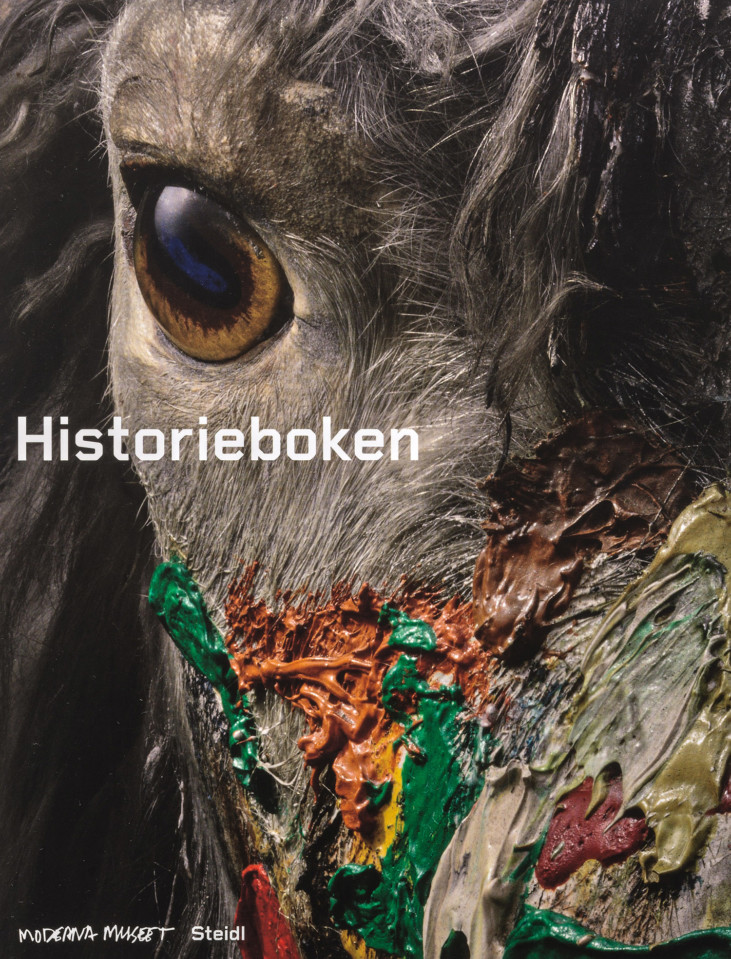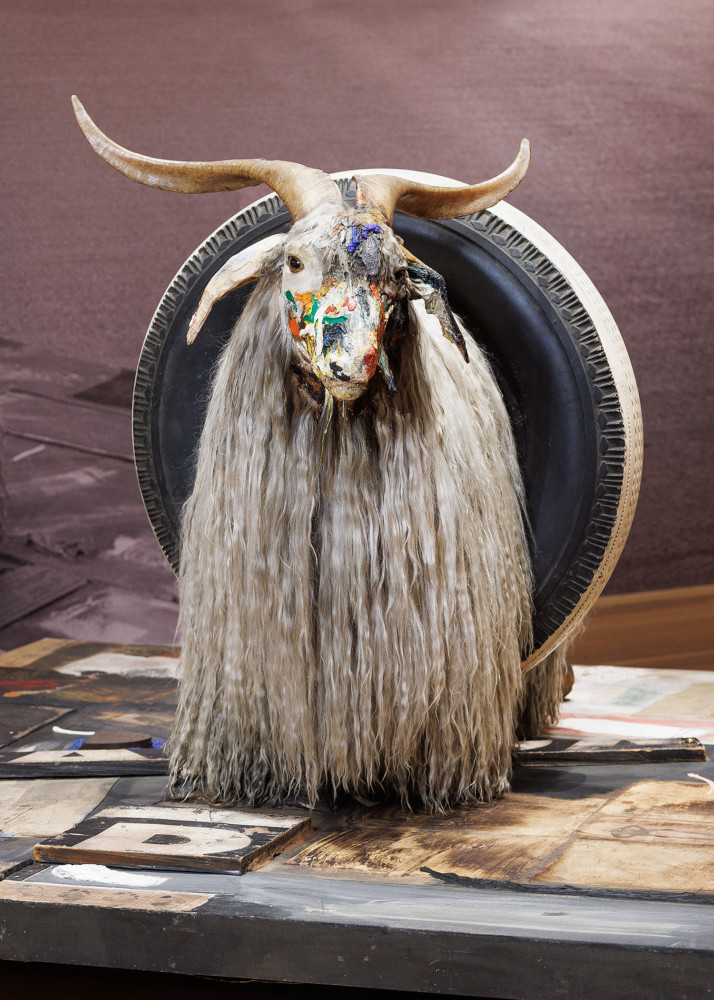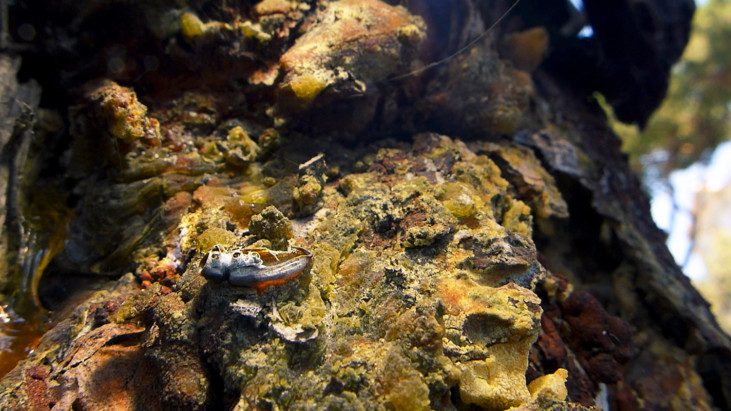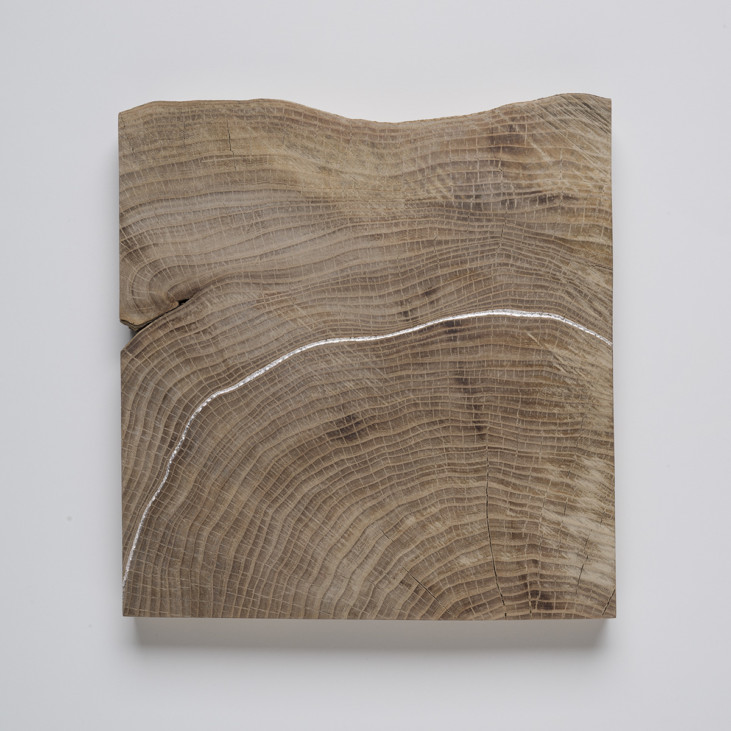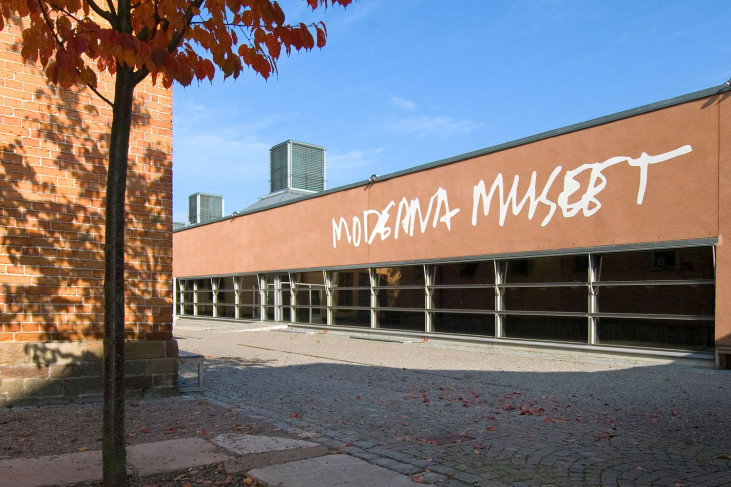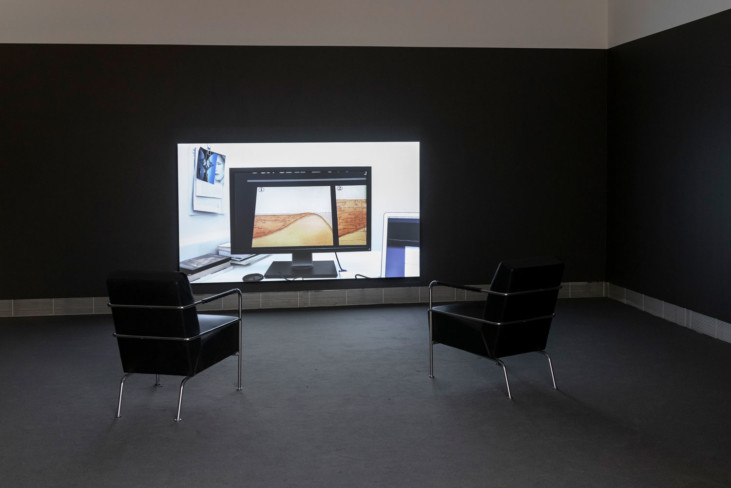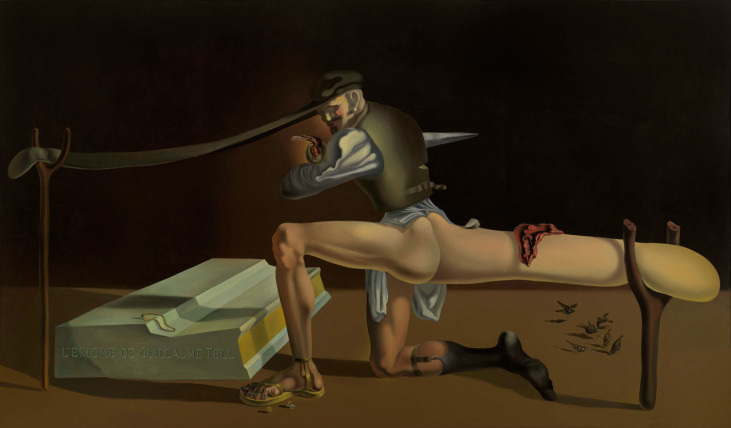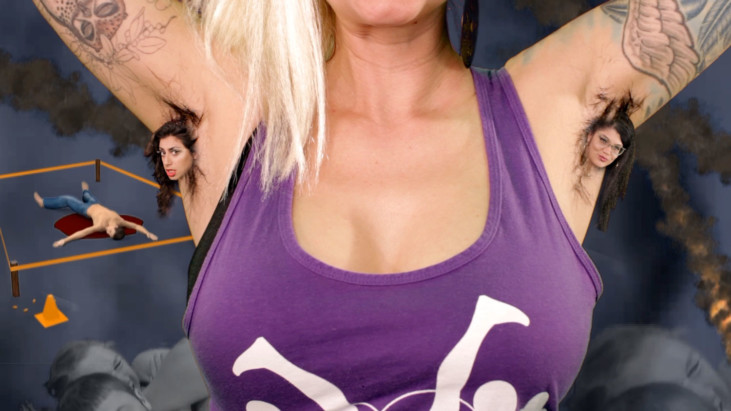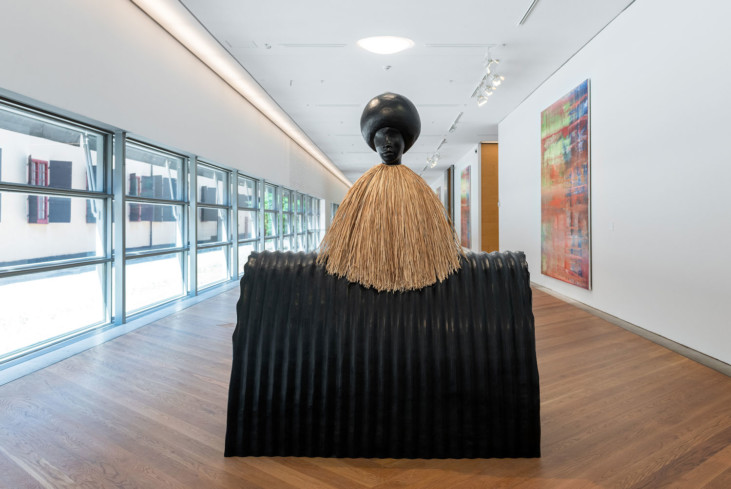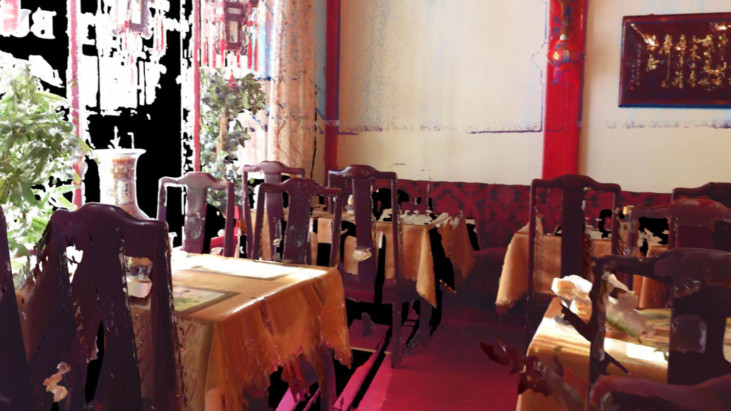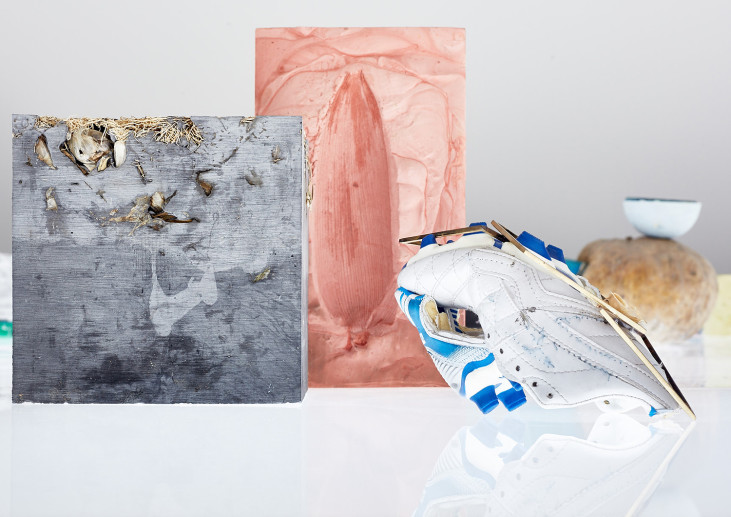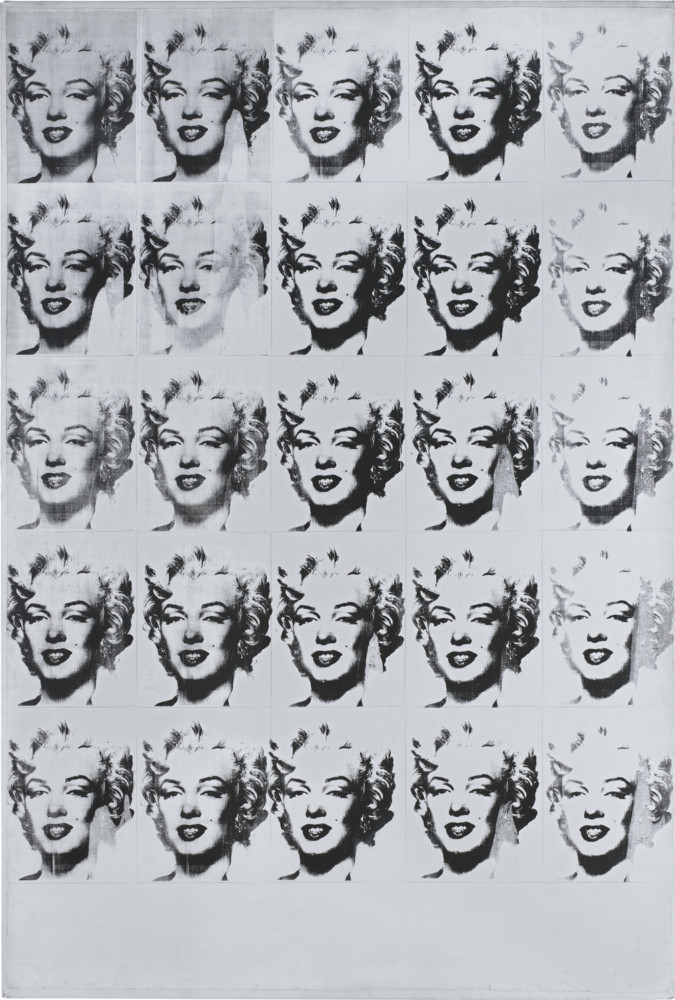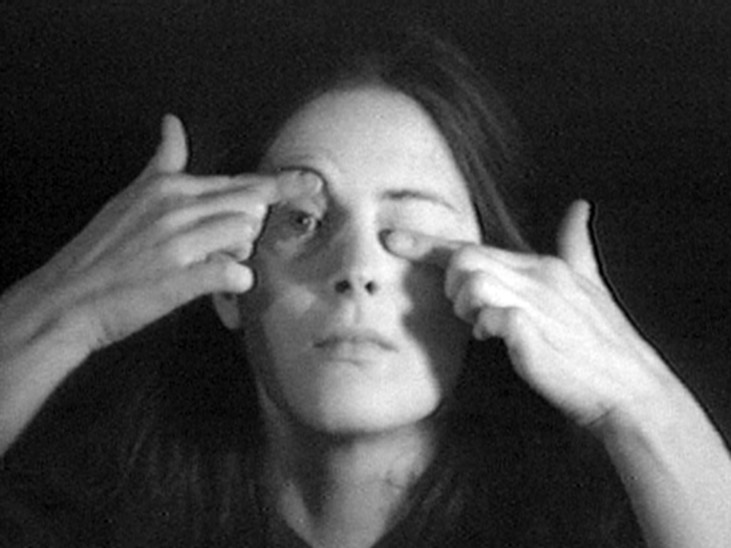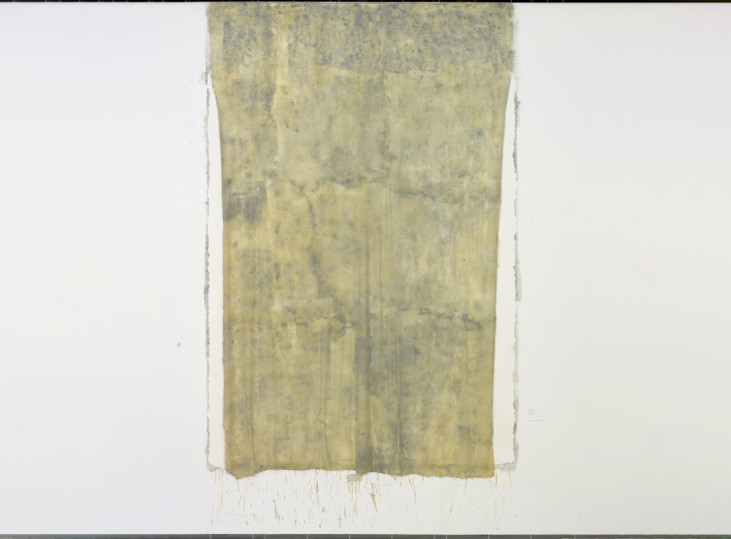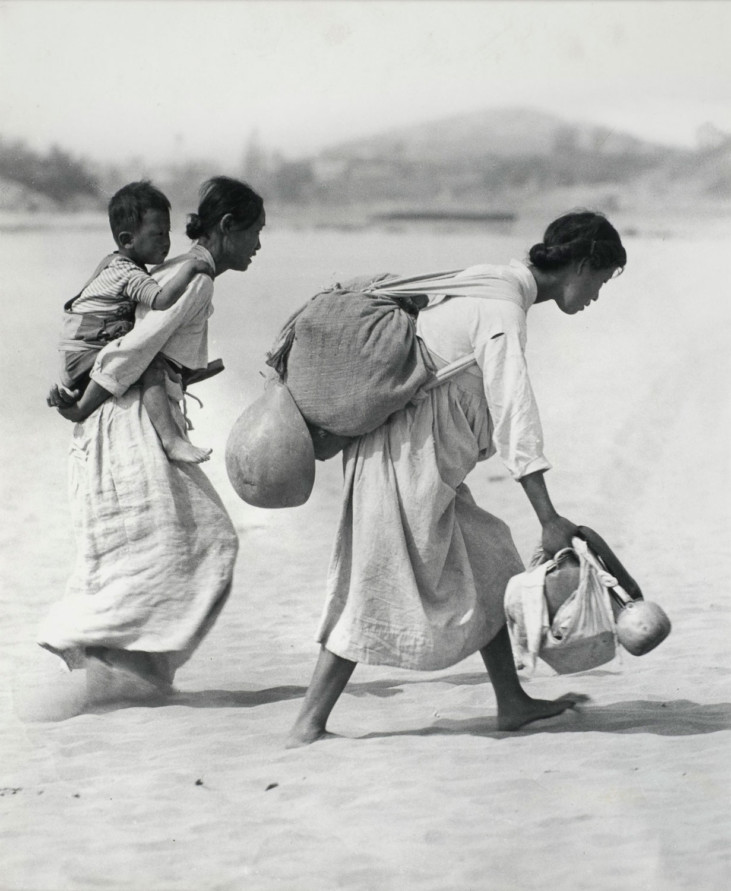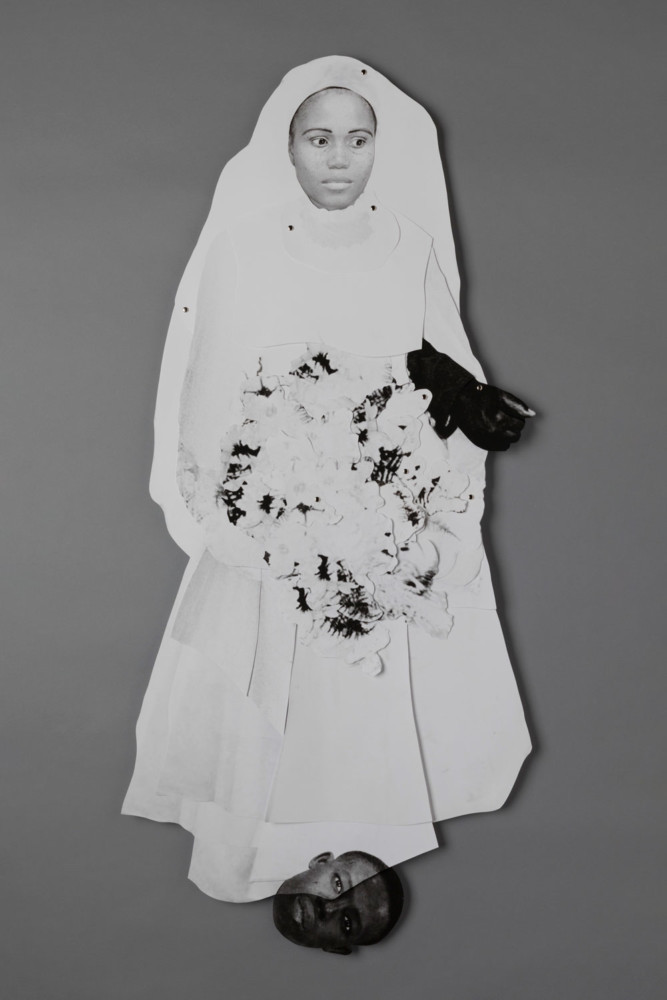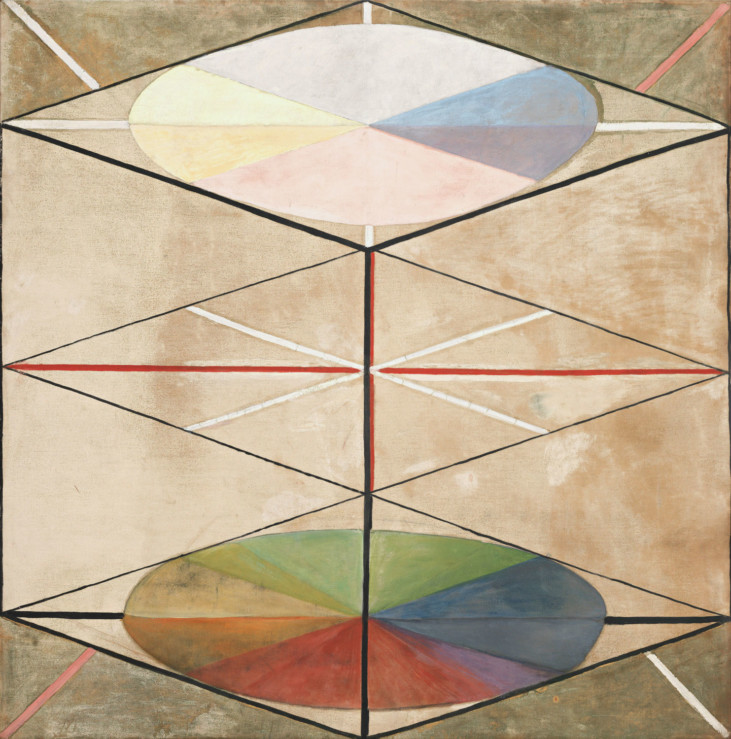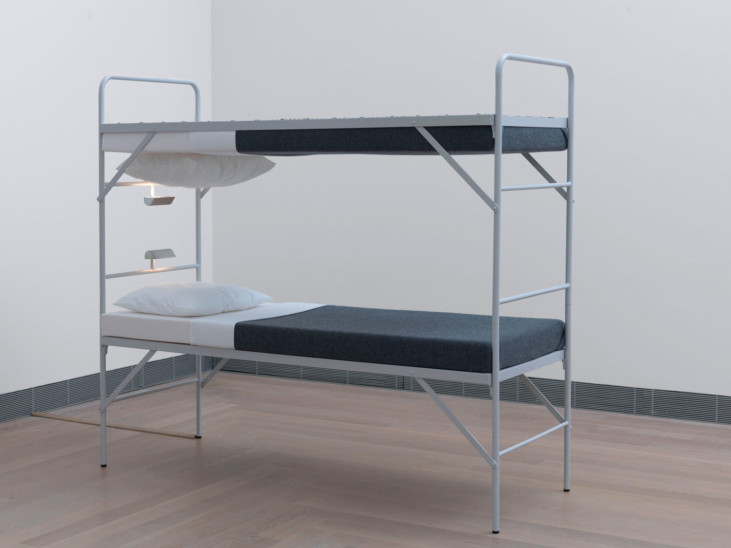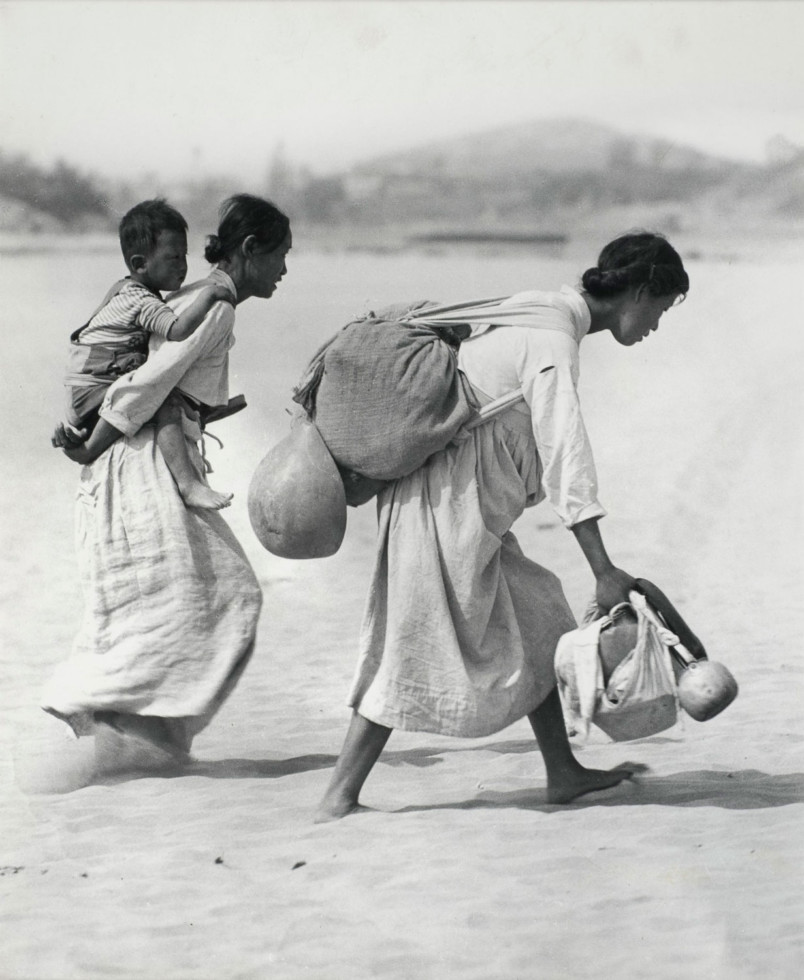
Hans Malmberg, From the series Korean War, 1950 © Hans Malmberg
29.10 2019
War and Peace – Photography and Sculpture
War and people’s daily lives in photojournalism
The wars that came head to tail in the first half of the 20th century impacted deeply on people’s lives and the course of history. Photojournalism saw its breakthrough, changing the way news was communicated to the general public. Newspapers and magazines such as ”Berliner Illustrierte Zeitung”, ”Life”, ”Look”, ”Paris Match”, ”Vu” and their Swedish counterparts, ”Se” and ”Vi”, commissioned photographs from every corner of the world. The new small-format cameras were easy to travel with and offered more freedom. Photographers were able to get out in the field quickly, to document everything from major, traumatic conflicts to small, everyday events. Some of these photographers, not least the members of the agency Magnum Photos, became legends, and their stories have inspired generations.

Humanist photography
Around this time, humanist photography began to emerge. The pioneers of this movement were in search of a freer way of photographing, as opposed to practices where the ideal was to arrange, retouch and perfect the image. Life in the streets and cafes came to epitomise this aesthetic, a visual poetry that made photographers, writers and artists take long walks through the city.
The relationship between photography and sculpture
We have countless examples of photographers who lived close to other artists and documented their lives and work. There is an intriguing relationship between photography and sculpture, in that the practitioners of either media often try to capture a moment, a specific event, or an unexpected encounter. After the Second World War, established norms for sculpture began to dissolve. The many tormented, deformed sculptural bodies express agony and grief. Society was suffering a collective existential crisis.
![The bronze sculpture L'Hydre [The Hydra] by Germaine Richier](https://www.modernamuseet.se/stockholm/wp-content/uploads/sites/3/2019/10/richier-germaine_hydran_1954_1000x1500-960x1440.jpg)
![The bronze sculpture La Grande tête [The Large Head] by Jean Fautrier](https://www.modernamuseet.se/stockholm/wp-content/uploads/sites/3/2019/10/fautrier-jean_le-grande-tete_1943_1000x1500-960x1440.jpg)
You find the room in the Collection on floor 4
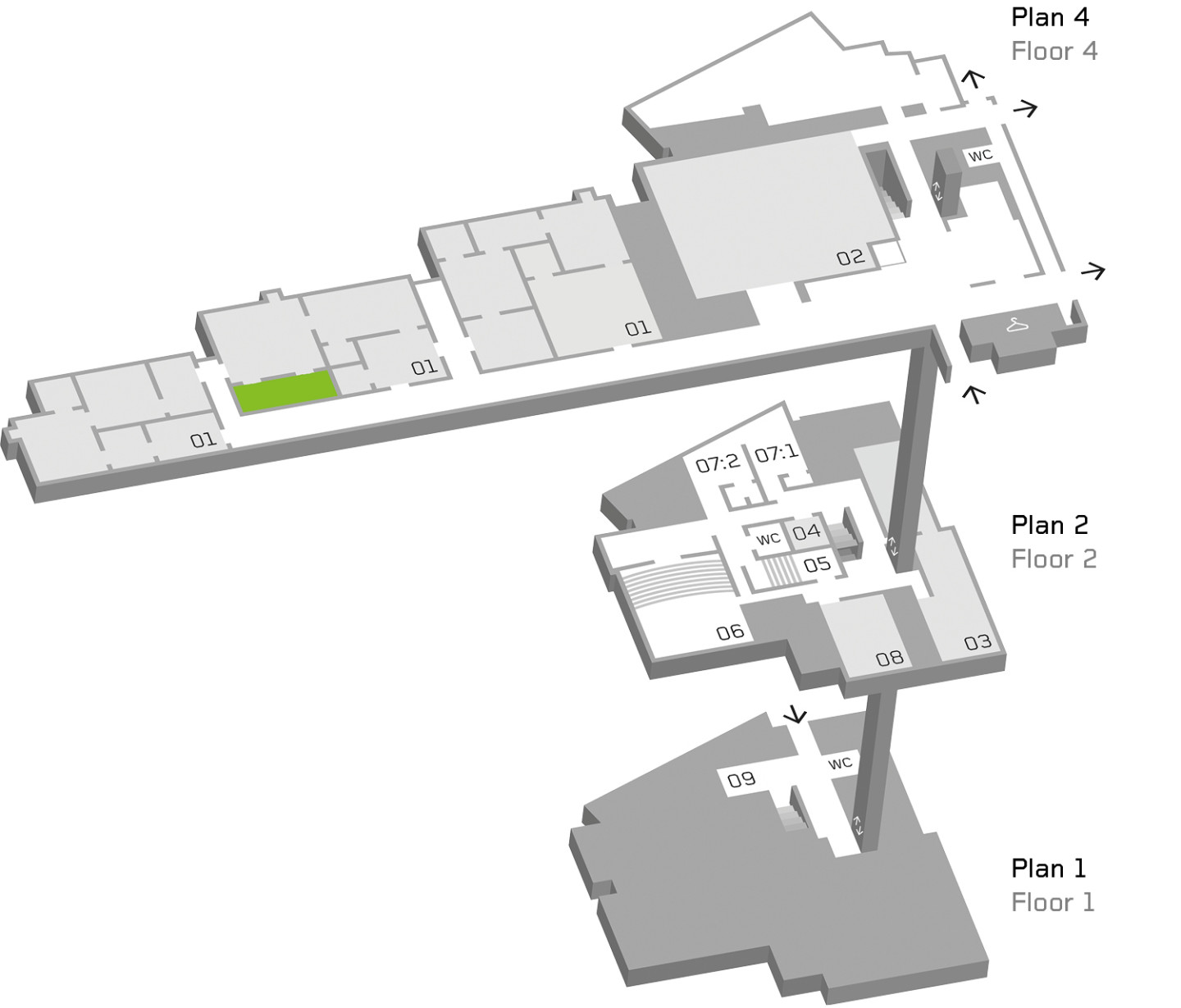
A new presentation of the Moderna Museet collection
A museum collection can be presented and interpreted in countless ways. Throughout 2019, the Collection will be in focus even more than usual, with a major new presentation that will unfold gradually in all the Museum’s collection rooms.
The art will be displayed thematically to a greater extent than before, to highlight new contexts. The new presentation is largely chronological, with occasional surprises by juxtaposing early key works with recent 21st-century acquisitions.
The ambition is to visualise even more narratives about the past and present. One premise for the new presentation is that history is not static but is constantly read and interpreted from a contemporary perspective. Therefore, several versions and interpretations of the Moderna Museet Collection will follow.
More on the Collection: Moderna Museet Collection
Published 29 October 2019 · Updated 15 November 2019

